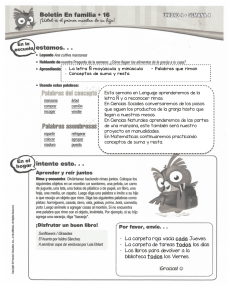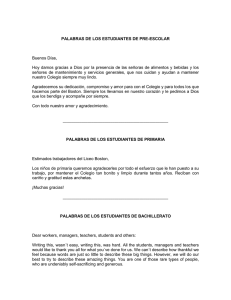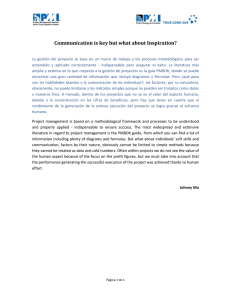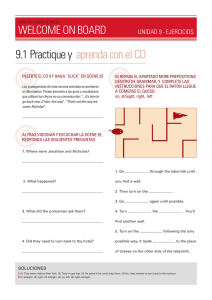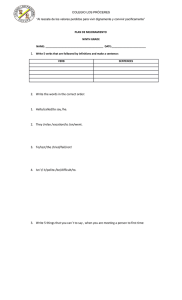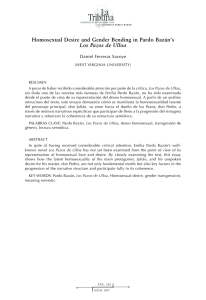O idioma da mestiçagem: As irmandades de pardos na América
Anuncio
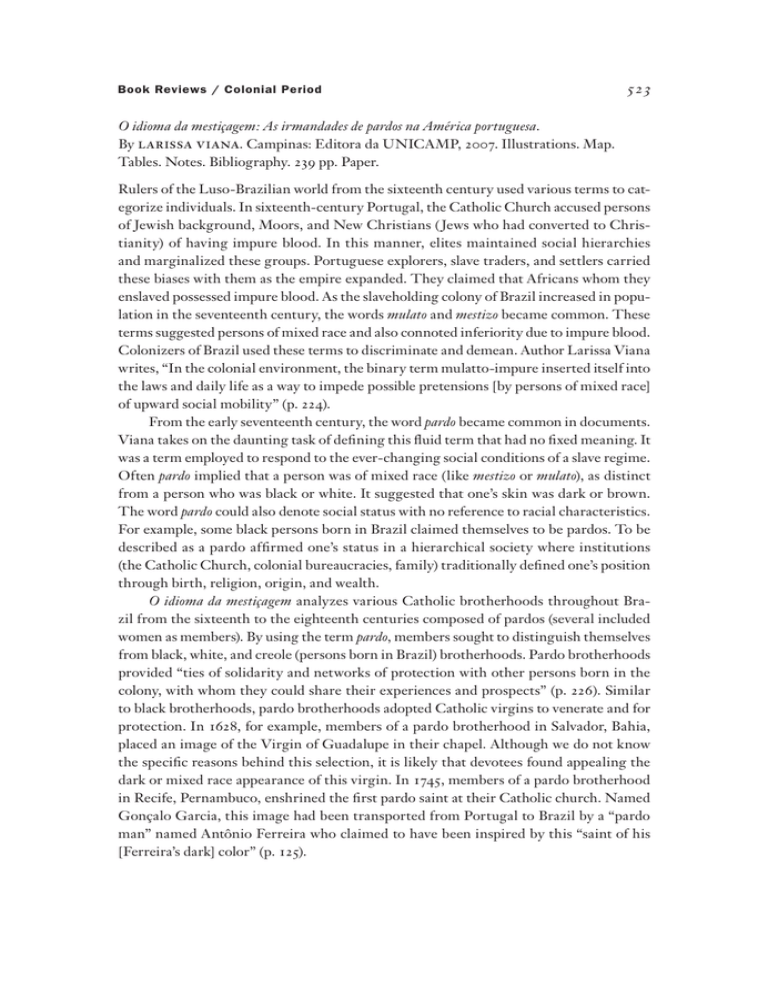
Book Reviews / Colonial Period 523 O idioma da mestiçagem: As irmandades de pardos na América portuguesa. By larissa viana. Campinas: Editora da UNICAMP, 2007. Illustrations. Map. Tables. Notes. Bibliography. 239 pp. Paper. Rulers of the Luso-Brazilian world from the sixteenth century used various terms to categorize individuals. In sixteenth-century Portugal, the Catholic Church accused persons of Jewish background, Moors, and New Christians ( Jews who had converted to Christianity) of having impure blood. In this manner, elites maintained social hierarchies and marginalized these groups. Portuguese explorers, slave traders, and settlers carried these biases with them as the empire expanded. They claimed that Africans whom they enslaved possessed impure blood. As the slaveholding colony of Brazil increased in population in the seventeenth century, the words mulato and mestizo became common. These terms suggested persons of mixed race and also connoted inferiority due to impure blood. Colonizers of Brazil used these terms to discriminate and demean. Author Larissa Viana writes, “In the colonial environment, the binary term mulatto-impure inserted itself into the laws and daily life as a way to impede possible pretensions [by persons of mixed race] of upward social mobility” (p. 224). From the early seventeenth century, the word pardo became common in documents. Viana takes on the daunting task of defining this fluid term that had no fixed meaning. It was a term employed to respond to the ever-changing social conditions of a slave regime. Often pardo implied that a person was of mixed race (like mestizo or mulato), as distinct from a person who was black or white. It suggested that one’s skin was dark or brown. The word pardo could also denote social status with no reference to racial characteristics. For example, some black persons born in Brazil claimed themselves to be pardos. To be described as a pardo affirmed one’s status in a hierarchical society where institutions (the Catholic Church, colonial bureaucracies, family) traditionally defined one’s position through birth, religion, origin, and wealth. O idioma da mestiçagem analyzes various Catholic brotherhoods throughout Brazil from the sixteenth to the eighteenth centuries composed of pardos (several included women as members). By using the term pardo, members sought to distinguish themselves from black, white, and creole (persons born in Brazil) brotherhoods. Pardo brotherhoods provided “ties of solidarity and networks of protection with other persons born in the colony, with whom they could share their experiences and prospects” (p. 226). Similar to black brotherhoods, pardo brotherhoods adopted Catholic virgins to venerate and for protection. In 1628, for example, members of a pardo brotherhood in Salvador, Bahia, placed an image of the Virgin of Guadalupe in their chapel. Although we do not know the specific reasons behind this selection, it is likely that devotees found appealing the dark or mixed race appearance of this virgin. In 1745, members of a pardo brotherhood in Recife, Pernambuco, enshrined the first pardo saint at their Catholic church. Named Gonçalo Garcia, this image had been transported from Portugal to Brazil by a “pardo man” named Antônio Ferreira who claimed to have been inspired by this “saint of his [Ferreira’s dark] color” (p. 125). 524 HAHR / August This book is subaltern history at its best. Viana employs a wide range of documents to probe the subtleties of colonial society in Brazil. She emphasizes that persons of color invoked the term pardo as a form of self defense and self-affirmation. By defining oneself as a pardo, an individual moved away from social stigmas associated with enslavement. By joining a pardo brotherhood, one could share one’s insights and dreams with others. The pardo brotherhoods offered succor in a racist environment. By analyzing the terms used in the colonial period, one gains insight into the origins of racial discrimination and categorization (mestiçagem, preto, negro, mulato, pardo, criolo) common in modern Brazil. The book is also a historiographical tour de force. Viana meticulously analyzes the ways in which observers and historians have described pardos. By entering the world of pardos, one gets a real sense of the daily struggles and survival strategies of common folk of mixed race in Brazil. This book is worth your time, but you will have to read it at least twice to absorb all of the information and rich insights it provides. dale t. graden, University of Idaho ­ doi 10.1215/00182168-2009-018 Diabolism in Colonial Peru: 1560 – 1750. By andrew redden. Religious Cultures in the Early Modern World. London: Pickering and Chatto, 2007. Illustration. Notes. Glossary. Bibliography. Index. ix, 242 pp. Cloth, $99.00. Abordar temas religiosos en sociedades coloniales genera complejidades inesperadas. La más visible es que el autor tendrá que proponer una tesis válida por lo menos para dos o más miradas de la realidad. Redden ensaya con éxito el esquema agustiniano, por el que los evangelizadores se ubican a sí mismos en la Ciudad de Dios, y destinan a los futuros cristianos en el campo antagonista. La propuesta es manejada con enorme erudición y la metáfora del sabio de Hipona sirve también para contraponer el concepto de urbe equivalente a civilización. Los invasores del Tahuantinsuyu visualizan a los no europeos como esclavos del demonio y por tanto ajenos a los beneficios de sus verdades y paradigmas culturales. Nada de lo dicho escapa de las líneas seguidas por los investigadores de las últimas décadas del siglo XX, pero el autor despliega su capacidad de manejar el debate teológico de los siglos XVI y XVII con sagacidad y elegancia. Los casos que presenta: María Pizarro o las Clarisas de Trujillo, no solamente revelan una mirada cuidadosa de los documentos, agrega a ello, la ubicación de los hechos en sus espacios geográficos y en el contexto sociológico debido. Hay que reconocer que se trata de un terreno complejo, cuyo estudio si bien tiene antecedentes modernos en la historia de la iglesia peruana (Rubén Vargas Ugarte, por ejemplo), desde los años sesenta se empiezan a mostrar las grietas de estas primeras aproximaciones. Otros investigadores serán los encargados de refinar la documentación, y ubicar a los indígenas y africanos como interlocutores válidos (Pierre Duviols, por ejemplo) de las palabras de la Iglesia. No mucho más tarde surgen nuevos horizontes,

